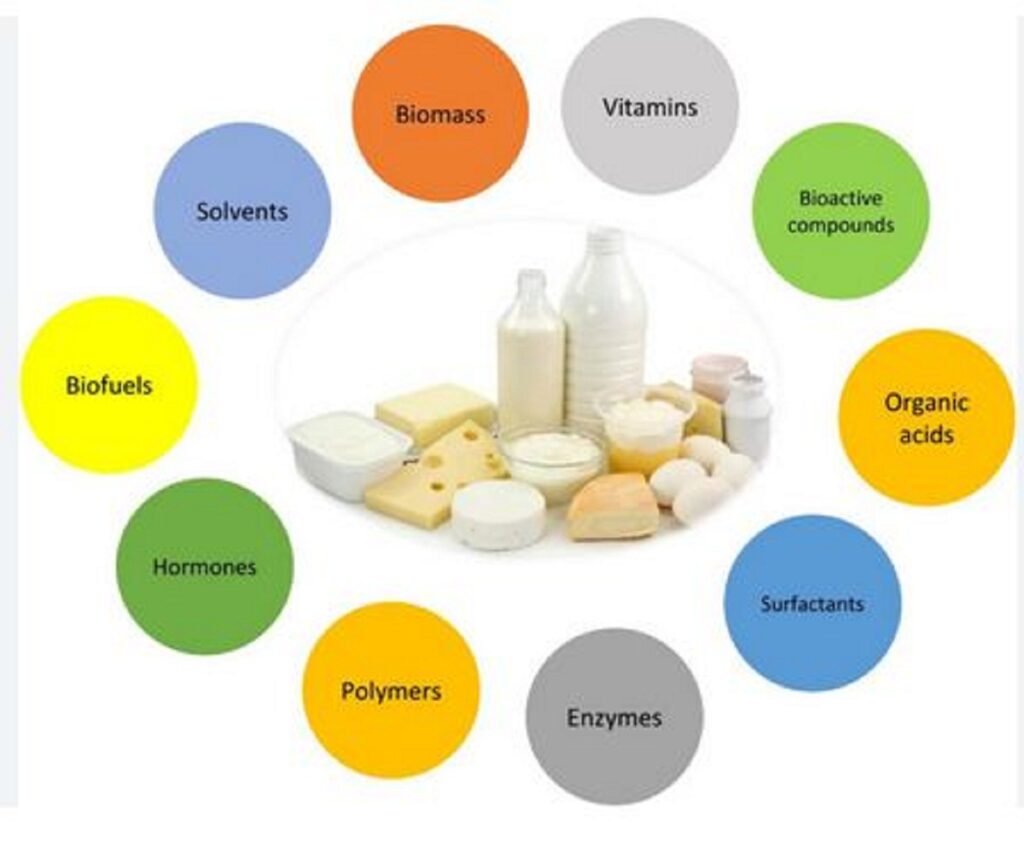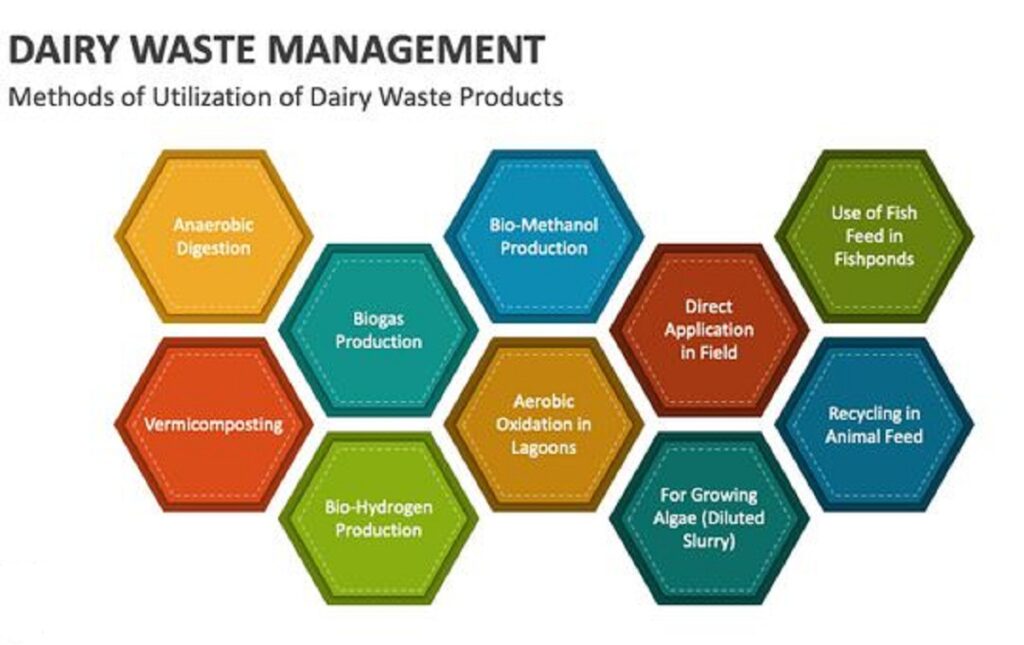Introduction:
Dairy production is an essential component of the global food industry, providing a wide range of products such as milk, cheese, butter, and yogurt. However, the dairy sector is also associated with a significant amount of dairy biodegradable waste, posing environmental challenges. This article explores the impact of dairy biodegradable waste, discusses current waste management practices, and highlights sustainable solutions to address these issues.

The Impact of Dairy Biodegradable Waste:
The dairy industry generates substantial biodegradable waste throughout its production chain. This waste includes organic materials such as manure, leftover feed, and plant residues. Additionally, dairy processing plants produce by-products like whey, a liquid remaining after milk has been curdled and strained during cheese production. Improper management of this biodegradable waste can result in environmental pollution, soil degradation, and contribute to greenhouse gas emissions.
- Manure Management: Dairy farms produce large quantities of manure, which contains organic matter, nutrients, and pathogens. If not managed properly, manure runoff can contaminate water sources, leading to water pollution. Furthermore, the decomposition of manure releases methane, a potent greenhouse gas. Sustainable manure management practices, such as anaerobic digestion or composting, can help capture methane for energy and produce nutrient-rich fertilizers.
- Whey Disposal: Whey, a by-product of cheese production, poses challenges due to its high organic content. Disposing of whey in water bodies can lead to oxygen depletion, negatively impacting aquatic ecosystems. To address this issue, innovative solutions like converting whey into biogas through anaerobic digestion or utilizing it in the production of functional food ingredients are being explored.
Current Waste Management Practices:
The dairy industry has made strides in improving waste management practices, but challenges persist. Common methods include:
- Anaerobic Digestion: Some dairy farms and processing plants adopt anaerobic digestion to break down organic waste, such as manure, to produce biogas. This process not only generates renewable energy but also reduces methane emissions. However, widespread adoption is hindered by high initial costs and the need for appropriate infrastructure.
- Composting: Composting is employed for on-farm waste management, particularly for manure and bedding materials. Composted materials can be used as organic fertilizers, enhancing soil quality and reducing the reliance on synthetic alternatives. Challenges include the time required for composting and ensuring proper ratios of carbon to nitrogen.
- Land Application: Applying dairy manure directly to agricultural fields as fertilizer is a common practice. While this can be an effective means of recycling nutrients, improper application can lead to nutrient runoff and water pollution. Precision nutrient management and adopting best practices are essential to mitigate these risks.
Sustainable Solutions for Dairy Biodegradable Waste:
To address the environmental impact of dairy biodegradable waste more comprehensively, a combination of innovative technologies and sustainable practices is necessary.
- Circular Economy Approach: Implementing a circular economy approach involves closing the loop in the dairy production cycle. This includes integrating waste products back into the system, such as using manure to fertilize crops, creating a more sustainable and efficient cycle.
- Advanced Digestion Technologies: Investing in advanced anaerobic digestion technologies can enhance biogas production from dairy waste. This includes co-digestion, where different organic waste streams are combined to optimize the biogas yield. Additionally, upgrading biogas to biomethane for injection into the natural gas grid can further contribute to renewable energy sources.
- Whey Valorization: Instead of considering whey as a waste product, the dairy industry can explore innovative ways to valorize it. This includes extracting valuable components such as proteins and lactose for use in food and beverage products, reducing the environmental footprint of whey disposal.
- Precision Agriculture: Implementing precision agriculture practices can optimize the use of dairy manure as fertilizer. By using advanced technologies like GPS-guided tractors and sensors, farmers can apply manure more efficiently, reducing the risk of nutrient runoff and minimizing environmental impact.
- Collaboration and Education: Collaboration between stakeholders in the dairy industry, including farmers, processors, and government agencies, is crucial for the successful implementation of sustainable waste management practices. Education and outreach programs can raise awareness about the environmental impact of dairy waste and promote the adoption of best practices.
Conclusion:
The dairy industry plays a vital role in global food production, but it also contributes to environmental challenges through the generation of biodegradable waste. Implementing sustainable solutions for dairy waste management is essential to minimize environmental impact, conserve resources, and contribute to a more circular and eco-friendly dairy production system. By embracing innovative technologies, adopting circular economy principles, and promoting collaboration and education, the dairy industry can move towards a more sustainable and responsible future.


